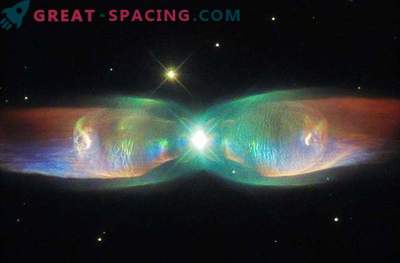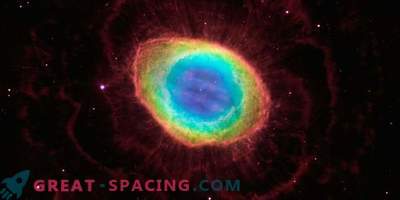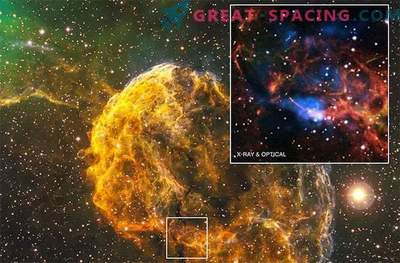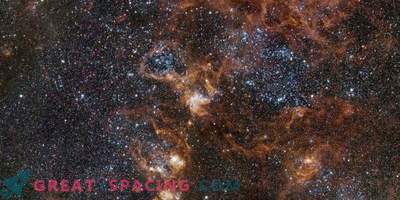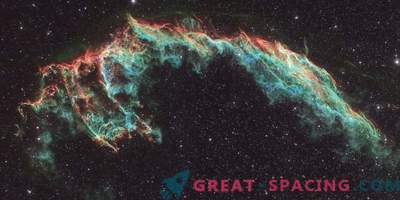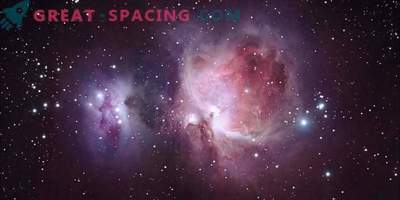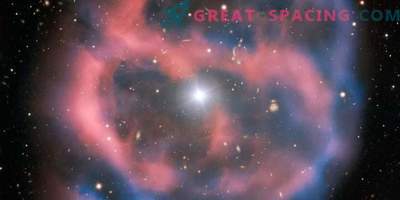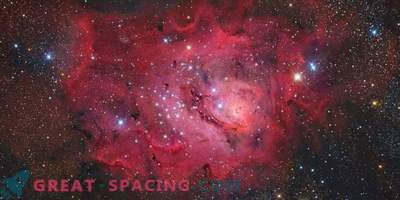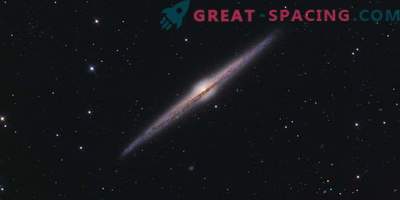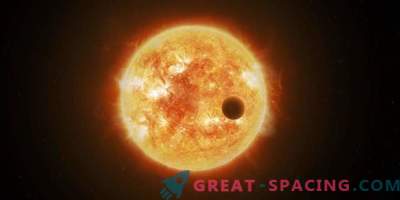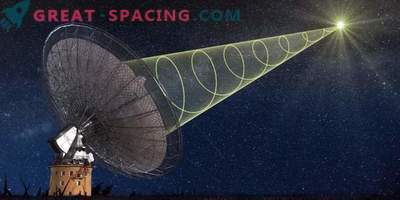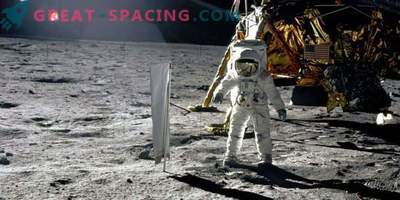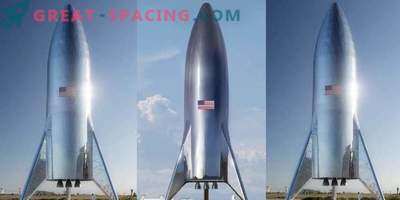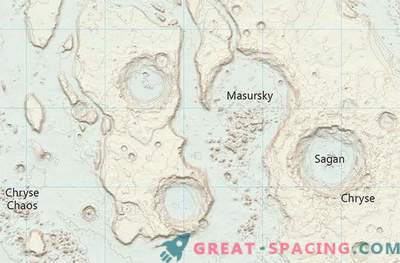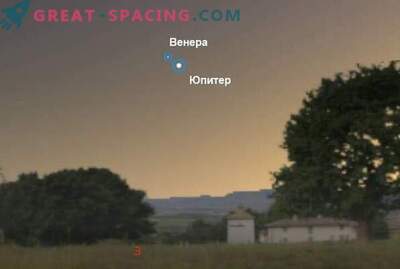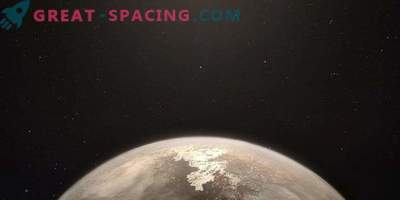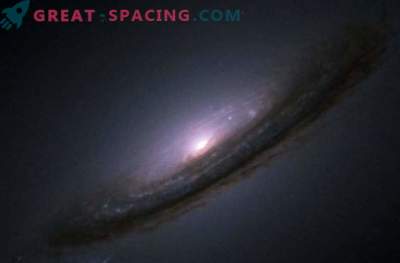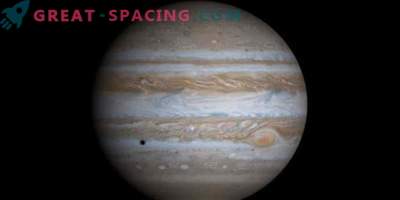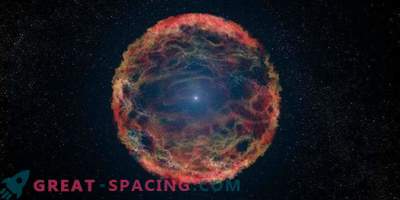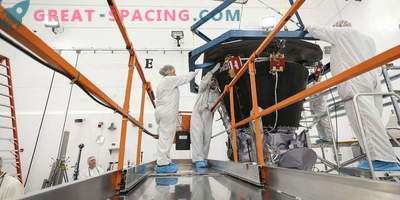
Researchers have discovered a collimated bipolar jet in the Red Square Nebula surrounding the star MWC 922. The newly discovered jet can reveal more information about the nature of the nebula and its emission.
MWC 922 lives in a distance of 5500 light years in the constellation of the Serpent. This is a kind of excess infrared star of type B, surrounded by a square-shaped nebula. The nebula was investigated many times, but there was still little information about its evolution.
The new study was able to better understand the nature of the Red Square nebula. Scientists used the DIS dual spectrograph on a 3.5-meter telescope at the Apache Point Observatory (New Mexico). The review clearly shows the collimated jet (collimation is the formation of a thin radiation flux running in parallel).
The analysis showed that the jet seems to be isolated. It is represented by a pair of segments with a size of 0.5 light years, each on both sides of the host star, separated by gaps. We also noticed that the most distant segments of the jet disappear at a distance of 1.97 light years from the star. Calculations suggest that the jet acceleration is about 500 km / s, and its electron density is 50-100 cm -3. These characteristics made it possible to estimate the mass loss rate of the jet segments - 50-100 billionths of a solar mass per year.
To explain the real nature of the jet in the nebula, two hypotheses are put forward. The first option assumes that the observed features can be a large excretion disk or a star ejection stream, which is illuminated and ionized by the open cluster M16. The second is based on the assumption that the star MWC 922 could have been expelled from Messier 16. Then the jet is the tail of the ejection left behind by the star, since the lost mass contacts the interstellar medium.
